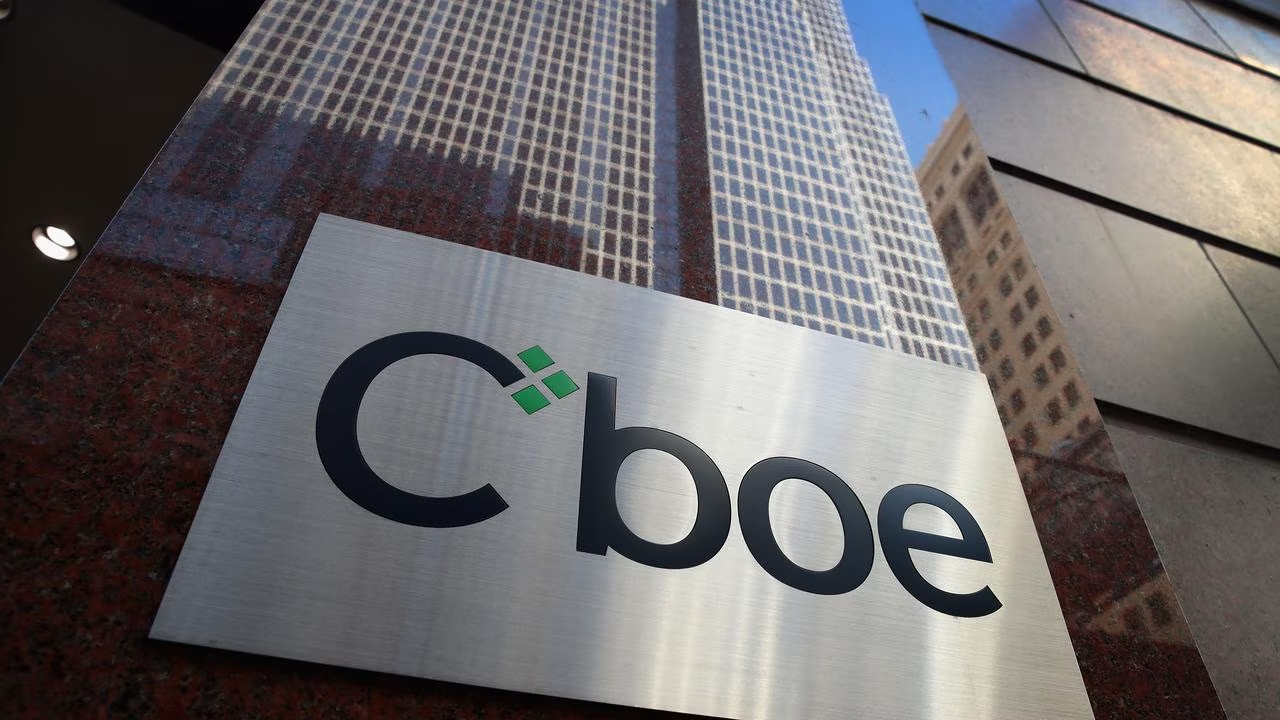It’s About Time
After years of having the market to itself, Australia’s exchange landscape is finally changing. The Australian Securities and Investments Commission (ASIC) has approved Cboe Australia’s request to list companies. This disrupts the ASX’s long-held dominance and brings in necessary competition. For decades, the ASX has been the main choice for companies wanting to go public in Australia. That’s now changing quickly. Cboe, a significant global exchange operator, can now offer listings in addition to trading. This opens the door for lower-cost options for both companies and investors.
A Long Time Coming
This change has been in the works for over a decade. In 2011, Chi-X Australia entered the market as a trading-only competitor. Over time, it gradually chipped away at the ASX’s market share by giving better access and lower costs. In 2021, Cboe Global Markets, a prominent U.S. based exchange group, bought Chi-X, setting the stage for a real challenge to the ASX’s monopoly. Today, Cboe Australia handles about 20% of the country’s equity trading volume. With ASIC’s approval for listings, it joins the ASX, NSX, and Sydney Stock Exchange as an approved venue for IPOs and dual listings. Unlike the existing competition, Cboe offers global reach, strong infrastructure, and considerable scale.
What This Means for Companies
Most importantly, this gives businesses a genuine option in where to list, which hasn’t really existed in Australia before. Estimates suggest that listing on Cboe could be 20–40% cheaper than on the ASX. For startups or mid-sized companies, that’s significant. Even larger firms will find it valuable to negotiate fees with multiple options available. This development also puts pressure on the ASX to enhance its pricing, technology, and customer service, areas where it struggled significantly in recent years.
What This Means for Investors
For investors, this increased competition may lead to more IPOs, more dual-listed companies, and easier access to global products. Cboe’s international network could introduce financial instruments that normally would not be accessible on the ASX. Retail and institutional investors will certainly benefit from improved price discovery, more transparency, and possibly lower trading costs over time.
Bigger Picture
This change is not just a victory for Cboe, it revitalises Australia’s capital markets and could result in better outcomes for all participants. It compels all players to raise their standards and promotes the kind of competition that drives innovation. The true test will be how many companies decide to list on Cboe and how quickly investors start to embrace the wider access. But for now, it’s clear: the ASX must finally share the stage.


